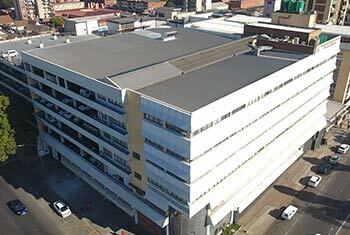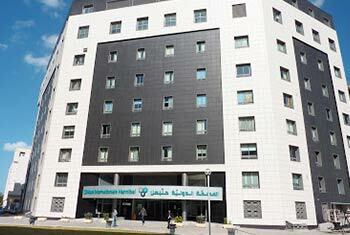Image-guided radiation therapy (IGRT) Details
IGRT stands for “Image-guided radiotherapy” which uses X-rays, CT scans and various other imaging techniques before and during radiotherapy treatment. These X-rays and scans show the size, shape, and position of the cancer tissue as well as the surrounding tissues and bones. Later this technique is used to treat cancers and tumours of a particular organ by precisely delivering medicated radiations to them and by killing of such extra growth/tissue.
IGRT is most suitable for Tumours of the Prostate, Urinary Bladder, Lungs and Gynaecological cancers. With IGRT, doctors can target the radiotherapy treatment very accurately, this can mean that the treatment works better in curing or controlling a cancer. It can also reduce the risk of side effects. (IGRT) uses advanced imaging technology to better define the tumour target and is the key to reducing and ultimately eliminating the uncertainties with less damage to the healthy tissue.







